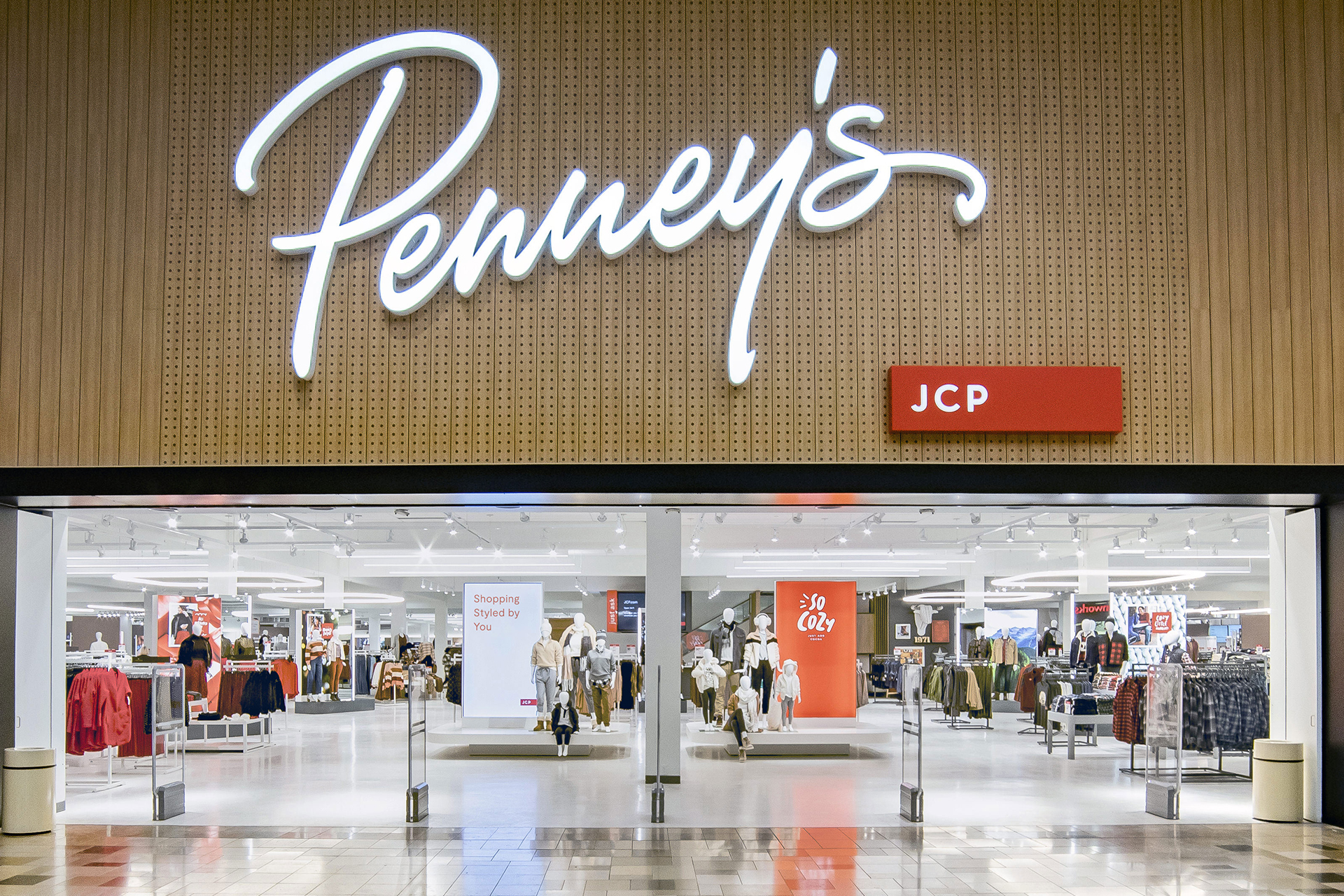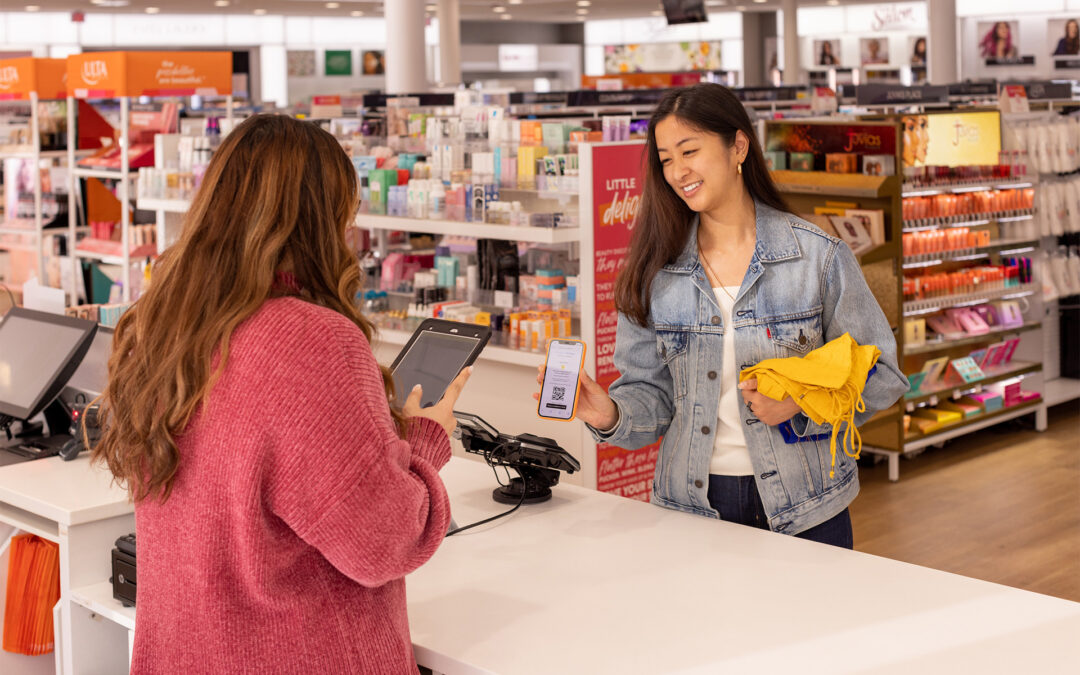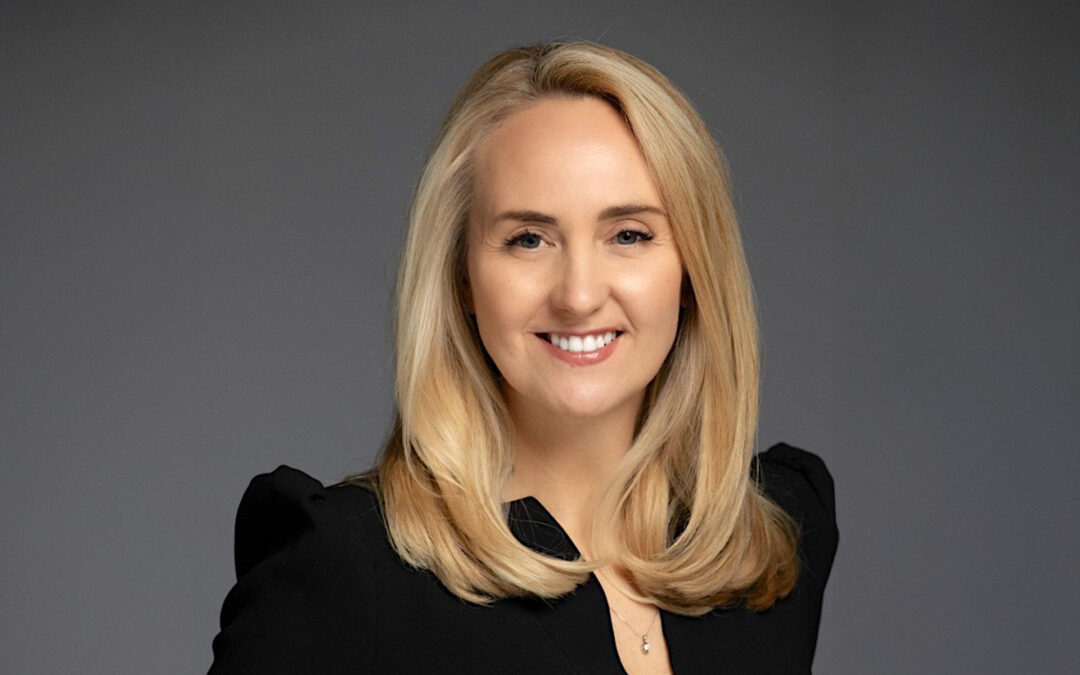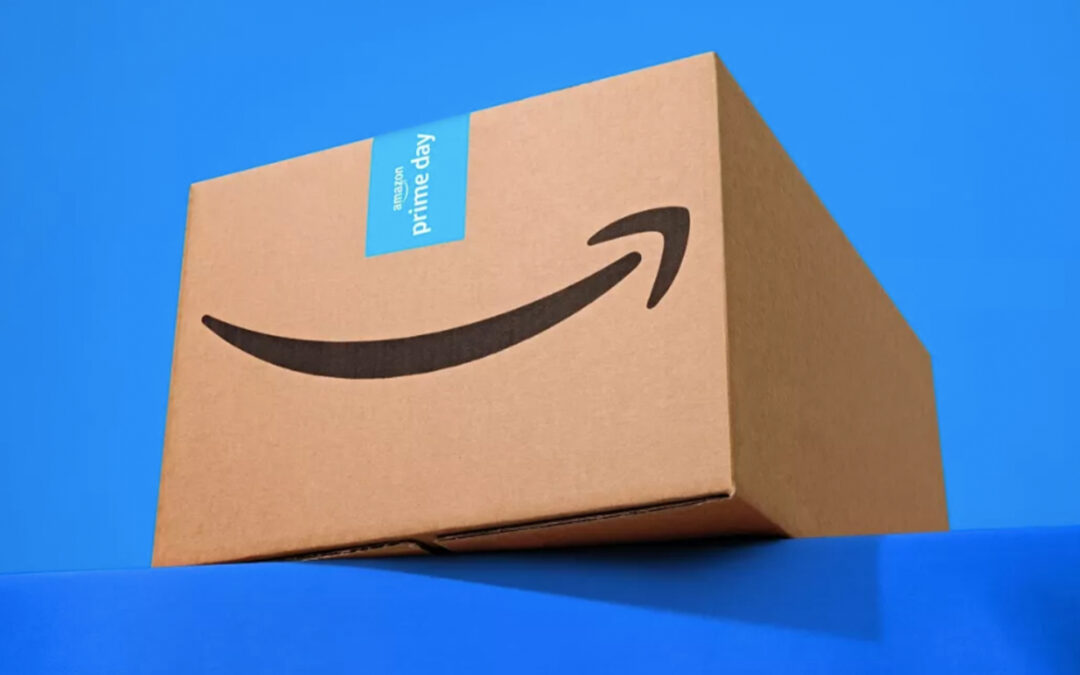Metrical, a provider of predictive shopper engagement solutions, is touting its work with JCPenney, which looks to be in agreement about a stratic made with the tech partner away from blanket discounts and related traditional promotional methods of boosting online sales to a more targeted approach using predictive AI modeling-based solutions.
More retailers are looking to boost efficiencies and results with technology, and JCPenney took a step in that direction by updating its approach to digital shopping conversions.
Pratik Kodial, JCPenney’s vice president, marketing effectiveness, said JC Penney’s online conversion rate wasn’t where the company wanted it to be and high-cost discounts employed to close sales were unsustainable. JCPenney began discussions in 2019, Kodial said, weighing now to address the situation and focusing on how to convert customers without sacrificing margin.
“Our thought was how do we get those conversion levels and Metrical was a great solution for us because they focused on those customers who had the highest intent of purchase but were potentially going to abandon,” Pratik said. “We’re not necessarily throwing out coupons but being more targeted with our approach.”
Pratik noted that Metrical’s repository of tools allowed JCPenney to analyze and determine which ones had the potential of converting shoppers into buyers.
“Metrical‘s insights have proven to be valuable in long- and short-term planning, and we continue to experiment with new ways to utilize them,” Pratik said.
JCPenney work with Metrical yielded results including a 40% increase in new cart creation, an 18% reduction in cart abandonment and a 10% improvement in revenue on targeted visits. Pratik pointed out that JC Penney performed a cost-benefit analysis to understand what actually fell to the bottom line after it worked with Metrical. The retailer took conversion revenue and subtracted all associated costs, including the cost of goods sold, marketing costs, shipping and more to arrive at a net bottom line that was triple what they had experienced prior to using Metrical.
“The fact we moved forward indicates we met our internal sales and margin goals,” Pratik said. “One of the other things that we were looking into is the aspect of customer experience. I don’t believe customers like pop-ups but what we saw in the context of the Metrical customers and their messaging was no degradation in Net Promoter Score which is what we use to measure customer experience. This was quite interesting, and we believe this program is successful.”





